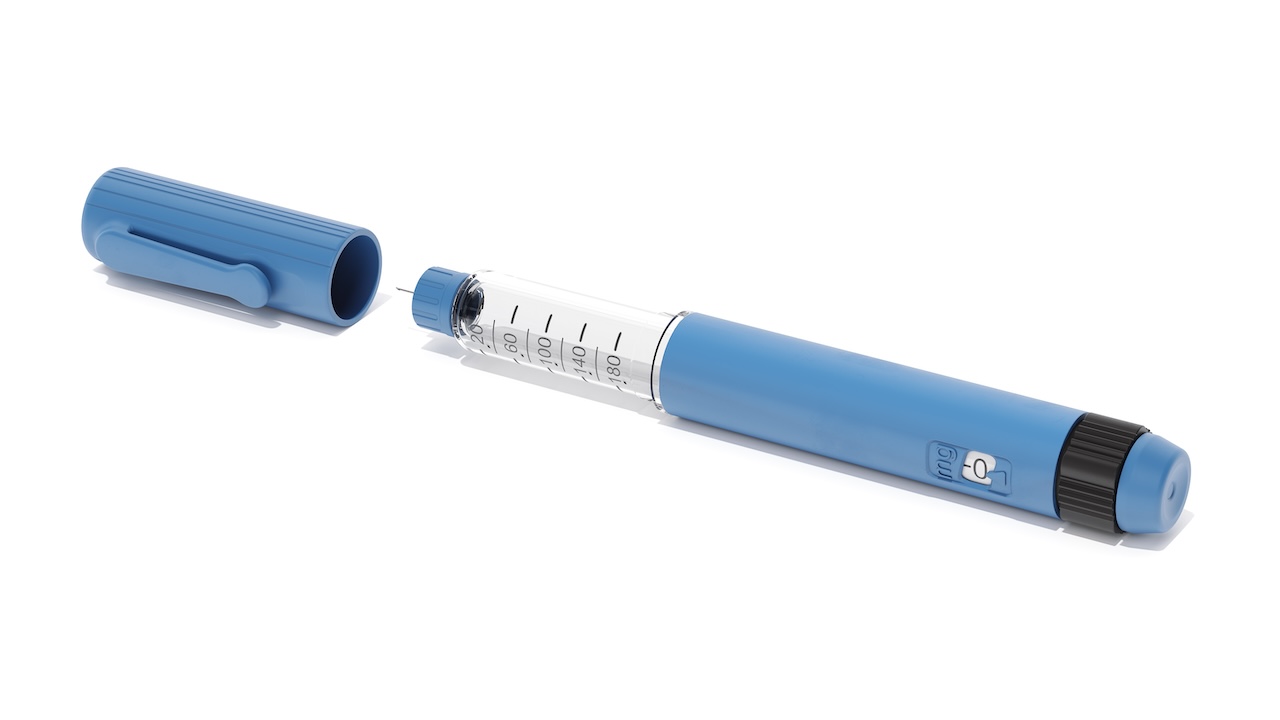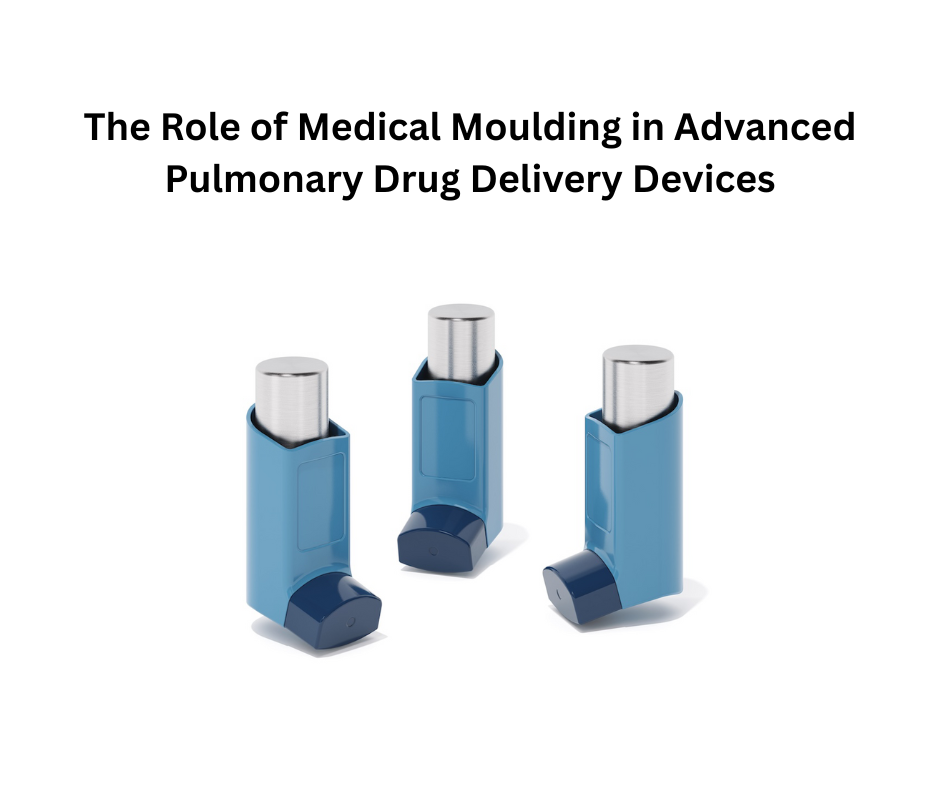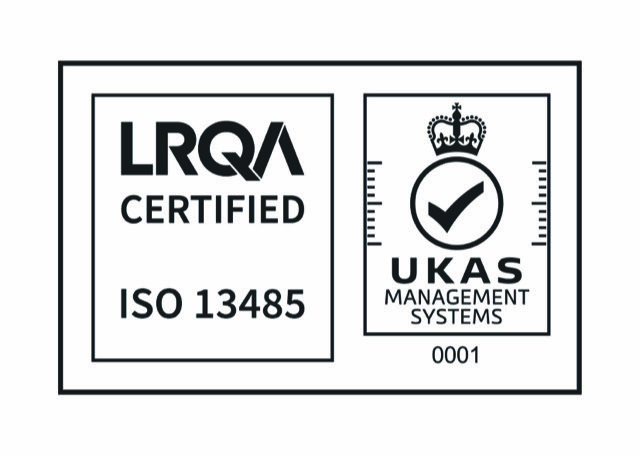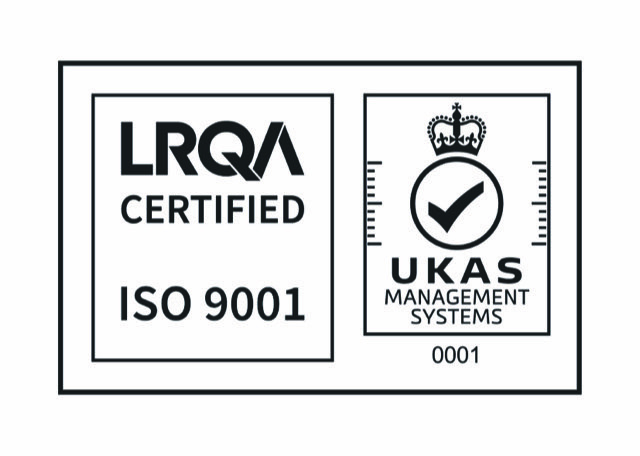Global Trends in Self-Injectable Devices and the Role of Injection Molding Innovation
Self-injectable devices such as autoinjectors, prefilled syringes, and wearable drug delivery systems are becoming increasingly prevalent in global healthcare. These technologies empower patients to manage chronic illnesses independently, reduce healthcare costs, and enhance treatment adherence. At the heart of their development lies significant innovation in plastic injection molding—especially as it pertains to medical-grade precision components, miniaturization, and sustainable manufacturing.
Trends in Self-Injectable Devices
Miniaturization and Micro Molding
One of the dominant global trends in self-injectable technologies is the drive towards miniaturization. Micro molding, a subset of injection moulding, is critical for fabricating high-precision micro components, especially in compact delivery systems such as pen injectors and wearable injectables (Stratview Research, 2024). Micro-molded parts can achieve tolerances below ±10 microns, making them ideal for components such as valves, plungers, and needle mechanisms.
Integration of Digital and Wearable Technologies
Next-generation injectors increasingly incorporate digital features such as Bluetooth connectivity and sensors for dose tracking and user adherence. Overmolding techniques—where a soft thermoplastic elastomer (TPE) is moulded over a rigid substrate—enable device housings to integrate electronics while maintaining ergonomic and waterproof designs (STH Plastics, 2024).
Sustainability and Regulatory Alignment
Environmental concerns and regulatory demands are influencing material selection and design. Manufacturers are shifting towards recyclable thermoplastics and biodegradable polymers, in compliance with EU MDR and FDA guidelines. Furthermore, device designs now prioritise modularity and disassembly to facilitate recycling post-use (STH Plastics, 2024).

Future Trends and Predictions for Self-Injectable Devices
The self-injectable device market is poised for transformative growth, driven by technological advancements, demographic shifts, and evolving healthcare delivery models. Several key trends are expected to shape the future landscape.
Increasing Digitalization and Connectivity
Future self-injectors will be increasingly integrated with digital health ecosystems. Enhanced connectivity features—such as Bluetooth-enabled dose tracking, cloud data sharing, and smartphone apps—will improve patient adherence and enable remote monitoring by healthcare providers (STH Plastics, 2024). This integration will support personalized medicine and enable real-time treatment optimization.
Expansion of Wearable and Patch Injectors
The development of discreet, wearable injectors that can deliver drugs over extended periods is expected to accelerate. Advances in miniaturization and injection molding precision will facilitate the mass production of lightweight, skin-adherent devices capable of continuous or controlled dosing (Stratview Research, 2024). These devices will be particularly relevant for biologics and therapies requiring frequent administration.
Sustainable and Circular Device Designs
Environmental sustainability will drive innovation towards fully recyclable or biodegradable self-injectable devices. Circular economy principles will be incorporated from the design phase, enabling easier disassembly and material recovery after use (Advantech Plastics, 2024). The use of novel bio-based polymers compatible with injection molding processes will become more widespread.
Smart Closed-Loop Delivery Systems
Emerging closed-loop systems, where self-injectable devices automatically adjust dosage based on real-time biomarker feedback, represent a futuristic but attainable goal. Such systems will combine sensors, AI algorithms, and advanced drug delivery mechanisms enabled by sophisticated injection molding and electronics integration (Thriam, 2025). This approach has the potential to revolutionize management of chronic diseases such as diabetes and multiple sclerosis.
Regulatory Harmonization and Patient-Centric Design
As regulatory agencies worldwide harmonise standards for combination products, self-injectable devices will benefit from streamlined approvals and enhanced safety requirements. Concurrently, increased emphasis on human factors engineering will lead to more intuitive device designs, reducing user error and expanding patient access (ENL Group, 2023).

Role of Injection Molding Innovation in Self-Injectable Devices
Injection molding is indispensable for manufacturing the complex, high-precision components essential to self-injectable devices. As these devices advance towards greater miniaturization, enhanced usability, and digital integration, injection molding innovations directly enable their design, functionality, and large-scale production.
High-Precision Component Manufacturing
Self-injectors and wearable injectors require miniature parts with extremely tight tolerances to ensure accurate drug delivery, reliable needle deployment, and safety mechanisms. Micro injection molding techniques can consistently produce intricate internal features such as locking systems and dose buttons within sub-millimetre precision (Stratview Research, 2024). Such precision is vital for dose accuracy and patient safety.
Multi-Material Molding for Enhanced Functionality
Many self-injectable devices combine rigid polymers with soft-touch elastomers for grip and needle protection. Multi-shot and insert molding processes allow different materials to be combined in a single molding cycle, improving device ergonomics while reducing assembly complexity and cost (ENL Group, 2023). This multi-material integration supports designs optimised for patients with limited dexterity.
Overmolding for Embedded Electronics
The trend towards “smart” injectors with sensors and connectivity demands protective yet functional housing solutions. Overmolding of biocompatible elastomers over electronic modules provides waterproofing and mechanical protection without hindering device usability or signal transmission (STH Plastics, 2024). This innovation is critical for wearable injectors that monitor and record injection events.
Automation and Industry 4.0 for Quality and Scale
Injection molding of self-injectable devices increasingly employs Industry 4.0 technologies such as robotics, real-time process monitoring, and AI-driven defect detection. These systems ensure consistent production quality for critical components like syringe barrels and plungers, meeting stringent medical device regulations and supporting global-scale manufacturing (Advantech Plastics, 2024).
Biocompatible and Sustainable Material Solutions
Material innovation supports injection moulding of ISO 10993-compliant polymers with excellent chemical resistance and sterilization compatibility, such as cyclic olefin polymer (COP). Additionally, the adoption of recyclable and bio-based polymers addresses sustainability challenges without compromising device safety (STH Plastics, 2024).
Rapid Prototyping and Design Optimization
Rapid tooling and advanced simulation software (e.g., Moldflow) allow quick iteration of self-injector designs, enabling manufacturers to optimize ergonomics, injection forces, and component durability prior to mass production. This accelerates time-to-market and reduces development costs (Thriam, 2025).
References
Stratview Research (2024). Medical Moulding Market. Available at: https://www.stratviewresearch.com/3771/medical-molding-market.html [Accessed 16 Jun. 2025].
ENL Group (2023). Injection Moulding in Medical Device Manufacturing. Available at: https://enl.co.uk/injection-moulding-in-medical-device-manufacturing/ [Accessed 16 Jun. 2025].
STH Plastics (2024). Innovation and Trends for 2024 in Medical Industry Injection Moulding. Available at: https://sthplastics.com/innovation-and-trends-for-2024-in-medical-industry-injection-moulding/ [Accessed 16 Jun. 2025].
Advantech Plastics (2024). Top Trends Shaping Plastic Injection Molding for Medical Applications in 2024. Available at: https://advantechplastics.com/blog/top-trends-shaping-plastic-injection-molding-for-medical-applications-in-2024/ [Accessed 16 Jun. 2025].
Thriam (2025). The Future of Injection Molding: Trends and Predictions for 2025 and Beyond. Available at: https://thriam.com/the-future-of-injection-molding-trends-and-predictions-for-2025-and-beyond.php [Accessed 16 Jun. 2025].
Advantech Plastics (2024) Top Trends Shaping Plastic Injection Molding for Medical Applications in 2024. Available at: https://advantechplastics.com/blog/top-trends-shaping-plastic-injection-molding-for-medical-applications-in-2024/[Accessed 16 Jun. 2025].
ENL Group (2023) Injection Moulding in Medical Device Manufacturing.
Stratview Research (2024). Medical Moulding Market. Available at: https://www.stratviewresearch.com/3771/medical-molding-market.html [Accessed 16 Jun. 2025].
STH Plastics (2024). Innovation and Trends for 2024 in Medical Industry Injection Moulding. Available at: https://sthplastics.com/innovation-and-trends-for-2024-in-medical-industry-injection-moulding/ [Accessed 16 Jun. 2025].
Advantech Plastics (2024). Top Trends Shaping Plastic Injection Molding for Medical Applications in 2024. Available at: https://advantechplastics.com/blog/top-trends-shaping-plastic-injection-molding-for-medical-applications-in-2024/ [Accessed 16 Jun. 2025].
Thriam (2025). The Future of Injection Molding: Trends and Predictions for 2025 and Beyond. Available at: https://thriam.com/the-future-of-injection-molding-trends-and-predictions-for-2025-and-beyond.php [Accessed 16 Jun. 2025].
ENL Group (2023). Injection Moulding in Medical Device Manufacturing. Available at: https://enl.co.uk/injection-moulding-in-medical-device-manufacturing/ [Accessed 16 Jun. 2025].




